Art World
A New Project Uses Watercolors to Picture the World Before Photography—and Reveals the Devastating Effects of Climate Change
The Watercolour World makes the case for these fragile images as a vital intellectual resource.
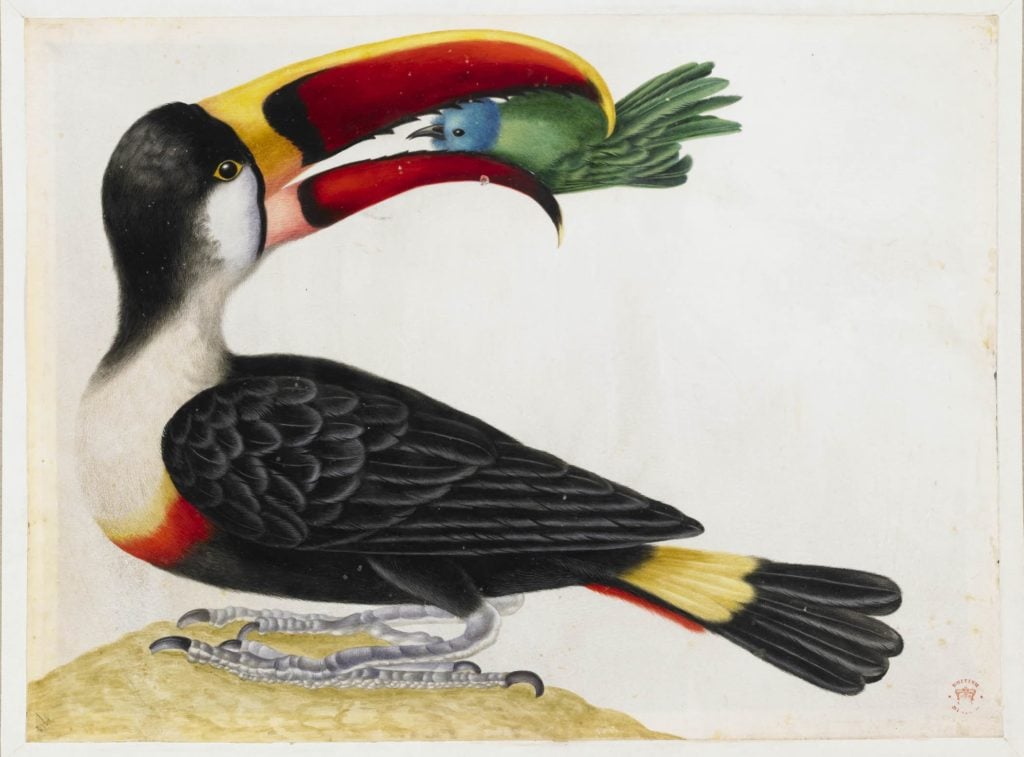
The Watercolour World makes the case for these fragile images as a vital intellectual resource.

Collecting old watercolors may sound like the most genteel of hobbies. But a new online project called The Watercolour World aims to make the case for watercolors as a rare and vanishing resource—and one that has major importance, both in preserving history and raising awareness about a changing planet.
Launched with the support of Prince Charles and the Duchess of Cornwall, The Watercoulor World aims to host a global archive of documentary watercolors made prior to 1900. In many cases, such artworks stand as the best visual record of what the world looked like before photography. The site already brims with 80,000 images, many of which have been digitized for the first time.
“The Watercolour World will offer an extraordinary journey into the world in earlier times, to encounter our predecessors, and to observe how they lived, loved and played,” the company’s founder, Fred Hohler, said in a statement. “With the world at risk from climate change, rising sea levels, and worse, the project will provide scientists and environmentalists with an accurate visual account of much of the natural world as it used to be. And to conservationists and historians, it will provide the evidence to conserve and rebuild structures, to find lost places and to see the roots of human progress.”
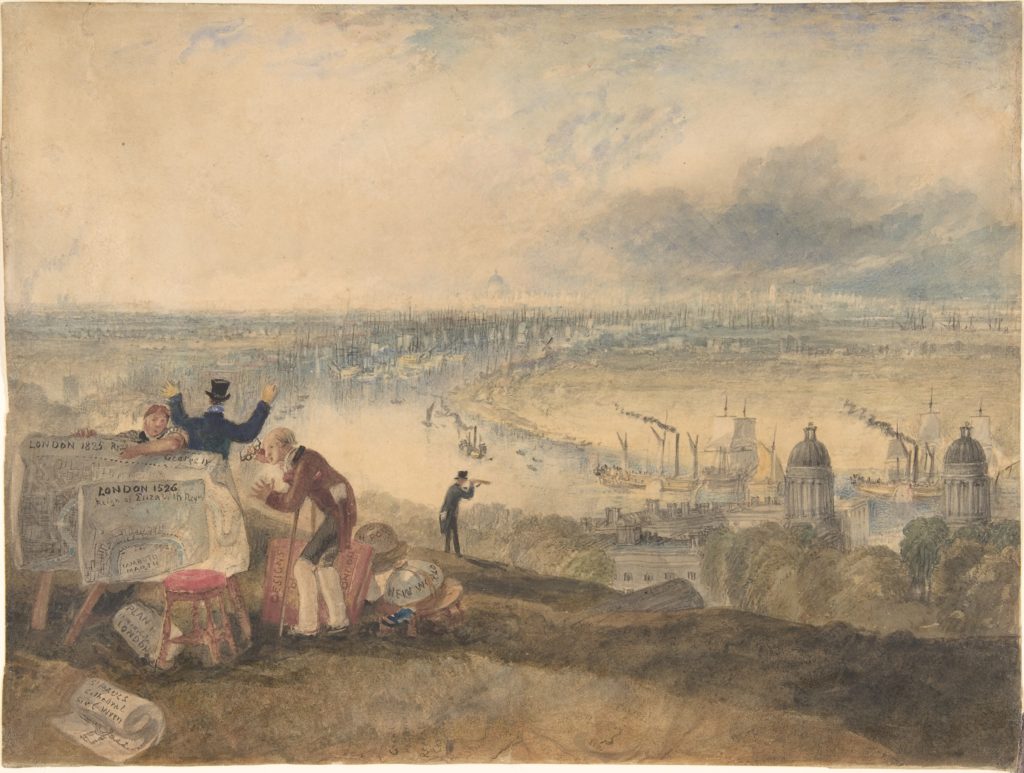
Joseph Mallord William Turner, View of London from Greenwich (1825). Metropolitan Museum of Art.
Users can navigate the site by searching for places or subjects. One highlight is a cache of 19th–century paintings of the ancient Egyptian tomb of Seti I, images which were actually used to create full-scale reconstructions of the site.
Another feature is a set of images showing locations around the world before they were impacted by climate change. These include England’s south coast prior to coastal erosion, as well as some striking images of glaciers that have since melted away.
It is interesting to see how the beautiful landscapes of the French Alps painted by artists like J.M.W. Turner have changed over the years. For an unrelated project which will be seen at York Art Gallery in March, the artist Emma Stibbon did just that, retracing Turner’s steps to photograph the Alpine sites he (and later John Ruskin) depicted. Juxtaposed with the watercolors, Stibbon’s new images provide powerful testimony to the damages wreaked by glacial retreat.
The Watercolour World is asking the public to share any interesting pre-1900 watercolors they own with the site, pointing out that the watercolors themselves are often fragile and that we risk losing their record if they are not preserved.
See some images from The Watercolour World below:
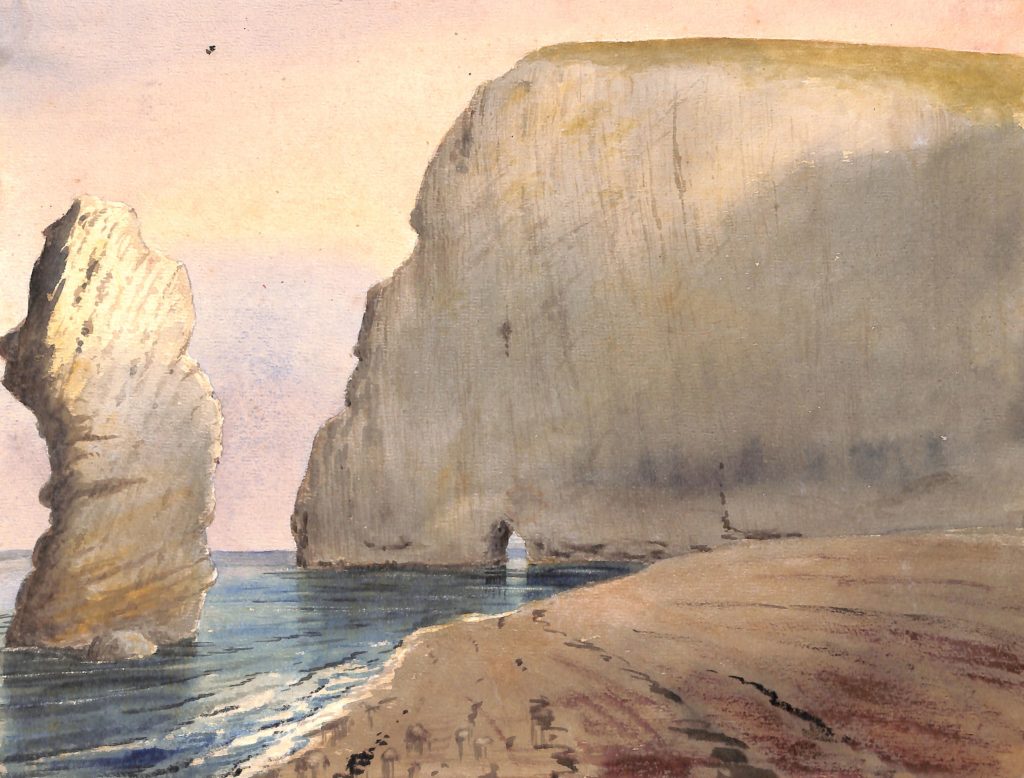
Henry Joseph Moule, Bats Hole, undated. Image © Dorset County Museum.
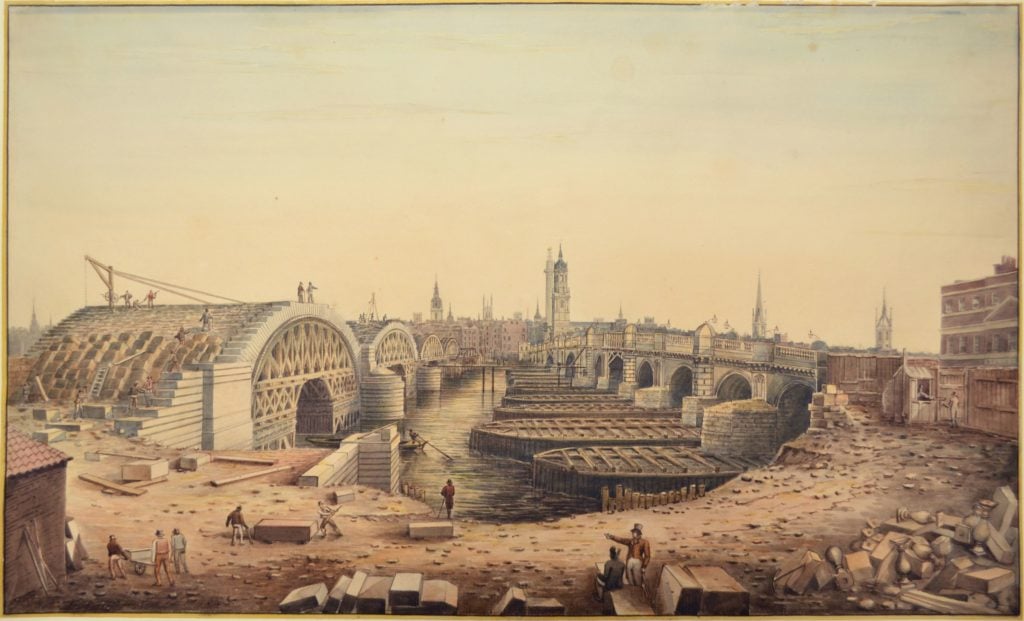
Gideon Yates, Old & New London Bridges (1828). Image © Bishopsgate Institute.
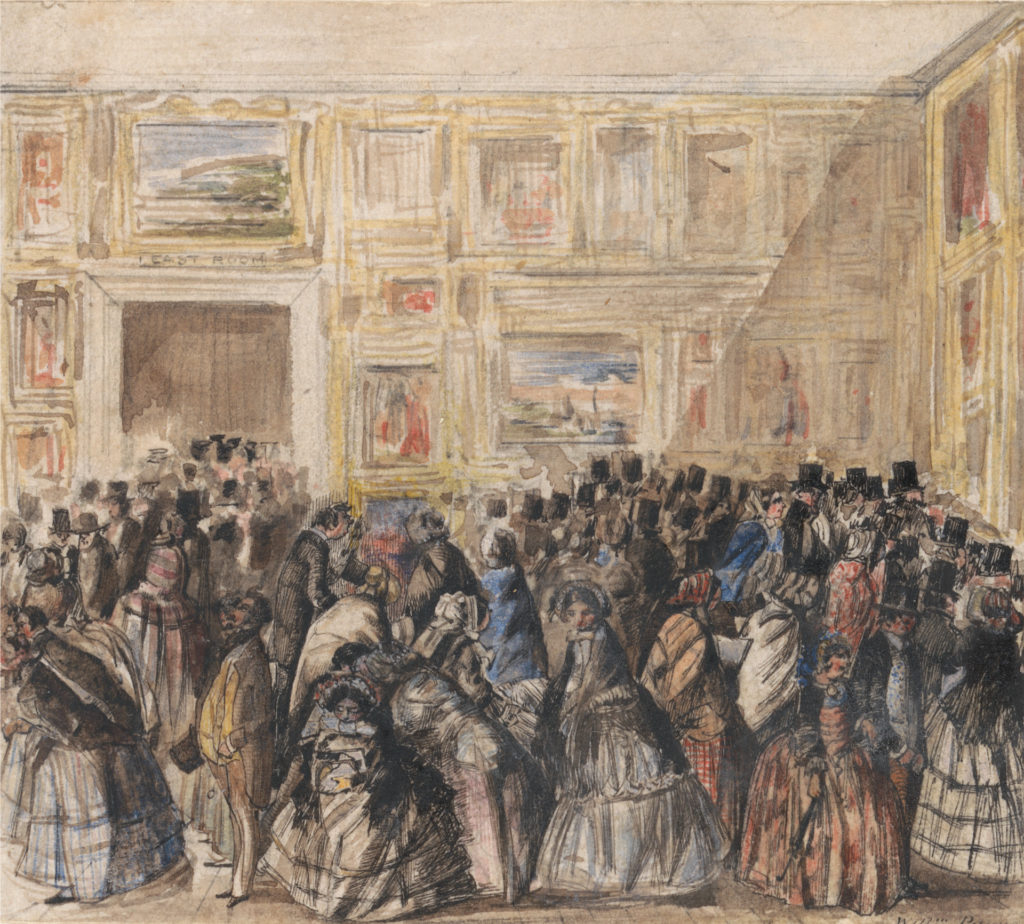
William Payne, Private view of the Royal Academy (1858). Yale Center for British Art.
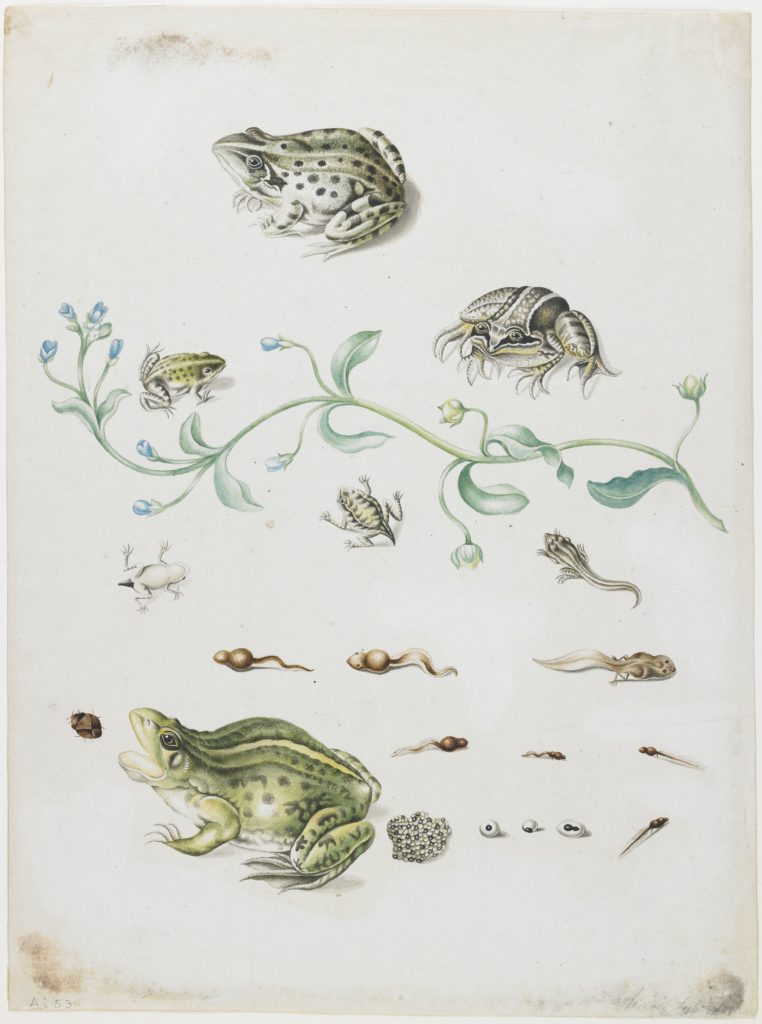
Maria Sibylla Merian, Metamorphosis of a Frog and Blue Flower (c.1700–1702). Image courtesy of Minneapolis Institute of Art.
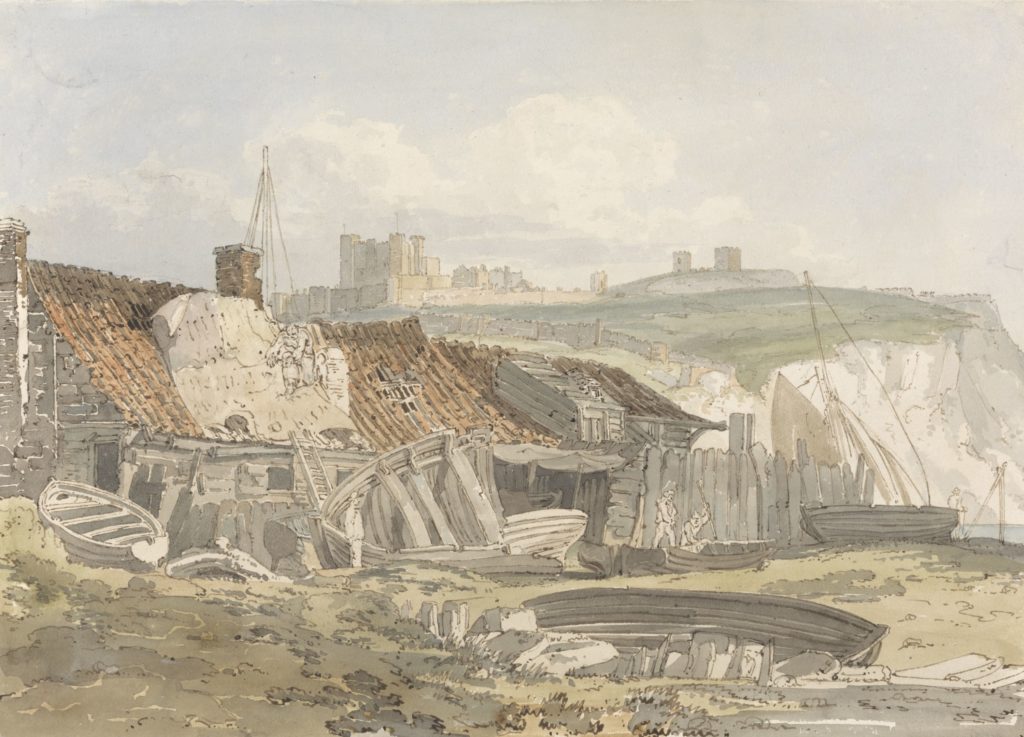
Dover Castle, Undated. Attributed to Thomas Girtin. Yale Center for British Art.
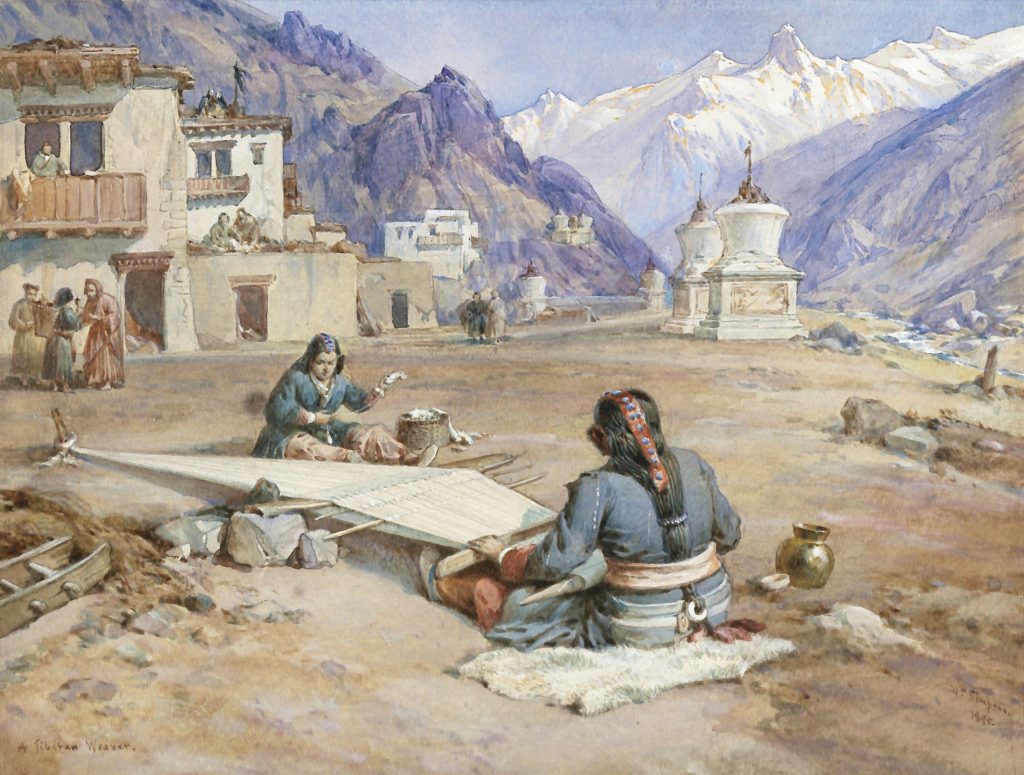
William Simpson, A Tibetan Weaver (1895). Image ©Private Collection.